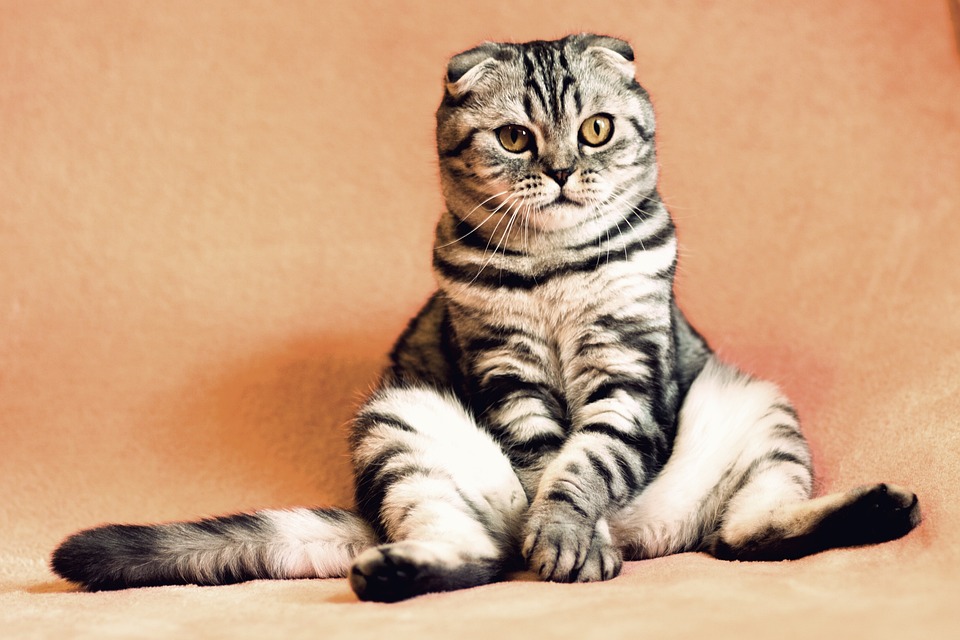Adorable or Annoying? The Fine Line Between Cuteness and Irritation
Have you ever seen a cat video online, laughing and cooing over the adorable antics of a kitten playing with a ball of yarn? Or, have you ever found yourself growling in frustration at a toddler who insisted on singing "Let It Go" from Frozen on repeat? We’ve all experienced both ends of the spectrum, but what draws us to one side of the spectrum while pushing us away from the other?
The line between adorable and annoying is blurry, to say the least. Depending on context, the same behavior, expression, or trait can induce both affection and irritation. In this article, we’ll delve into the gray areas, explore why some things can be both adorable and annoying, and examine the factors that sway our emotional responses.
So, what makes something adorable?
Our brains are wired to respond to faces and movements that mimic those of a fetus, like a smiling baby’s or a playful puppy’s. Adorable creatures often exhibit characteristics such as large eyes, round faces, or cute behaviors like cuddling, teething, or playing with toys. Evolutionarily, these traits signaled safe, harmless, and dependent states, encouraging us to care for them. For example, a baby’s sweet face triggers a caregiving response in us, while a playful puppy elicits excitement and affection.
However, this same response can wear thin if we’re exposed to constant or repetitive adorable behavior, particularly from individuals who are not family members or pets. For instance, you might find a toddler’s incessant chattering or a romantic partner’s over-the-top love displays charming initially, but eventually annoying or even suffocating.
Why does something become annoying instead of adorable?
Several factors shift our emotional response from adoration to irritation:
- Duration: Overexposure to adorable qualities can lead to fatigue and annoyance, rather than delight.
- Consistency: Predictable, unvarying behavior can become monotonous, losing its charm.
- Context: Adorable can turn annoying when the context doesn’t match our expectations. Think of a snappy, judgmental remark from a friend as opposed to a playful tease between close friends.
- Interpretation: Our personal experiences and associations with a particular trait or behavior influence how we perceive it. For instance, the sound of a cat’s meowing might evoke memories of a nurturing childhood, while a neighbor’s incessant barking could symbolize overexertion.
- Expectations: When individuals fail to meet our expectations, regardless of whether it’s due to incompetence, immaturity, or neglect, it can become annoying.
Illustrative Examples
Let’s examine some scenarios where both adorable and annoying qualities coexist:
- A toddler: That same child who’s utterly precious while playing with building blocks might become a handful (literally!) when denied access to a toy.
- A kitten: A newborn kitten’s innocence and playfulness melt your heart, but an older cat with its constant meowing for attention might drive you crazy.
- A loved one’s enthusiasm: Your partner’s excitement about a hobby can be adorable, but their constant asking to watch the same video or going on and on about it to everyone they meet can get grating.
Image: "Adorable Annoying Balance"
[ Illustrative image of a scale with a side for adorable and a side for annoying. The scale is balanced, with little balls on both sides, representing how these two qualities can coexist]
Frequently Asked Questions
Q: Are some people naturally more adorable or annoying? Or is it a situational thing?
A: Both! Humans exhibit both adorable and annoying behaviors depending on context, relationships, and emotions. Additionally, personality traits, like temperament or communication style, can incline individuals towards one side more often.
Q: Can we find ways to appreciate the adorable side while mitigating the annoying traits?
A: Yes! Developing empathy, effective communication, and setting boundaries can help redirect unwanted behaviors. For example, explaining why a particular behavior might be frustrating to someone helps them understand and adjust.
Q: Can adorable and annoying reactions coexist within the same person?
A: Absolutely! People can exhibit both aspects simultaneously, often depending on circumstances, relationships, or emotional states.
While it’s difficult to pinpoint an exact cause-and-effect relationship between adorable and annoying reactions, it’s clear that context, consistency, duration, interpretation, and expectations play critical roles. By acknowledging these factors and learning to appreciate the gray areas in-between, we can better navigate the complexities of relationships, foster deeper connections, and perhaps even reduce the likelihood of annoyance overtaking adoration.
Whether it’s a child’s innocent tantrums or a partner’s over-exuberance, understanding that adorable and annoying qualities can coexist might just help us find a more harmonious and empathetic balance in our interpersonal dynamics.



